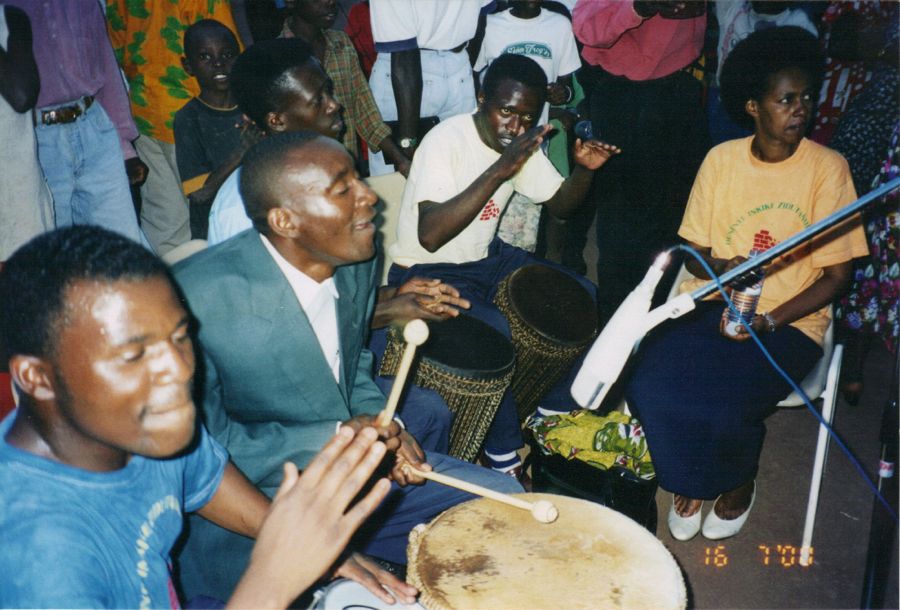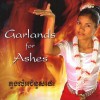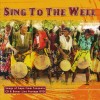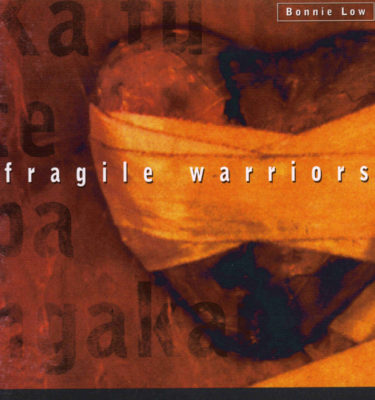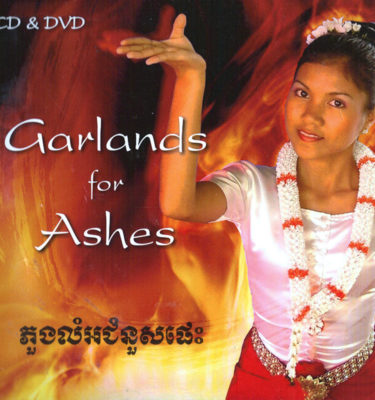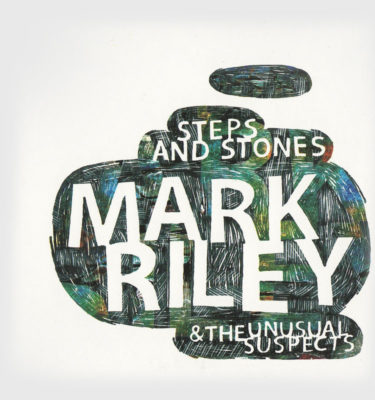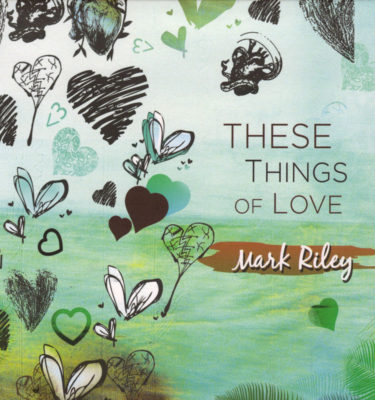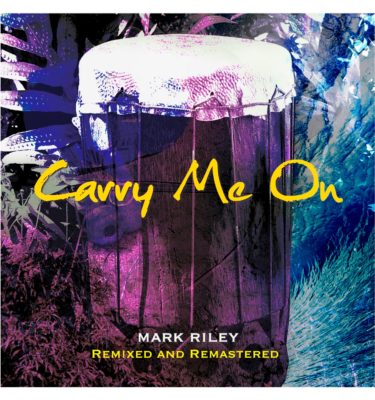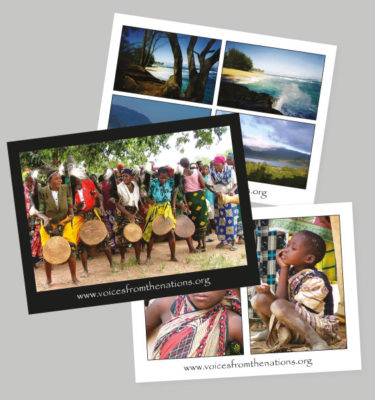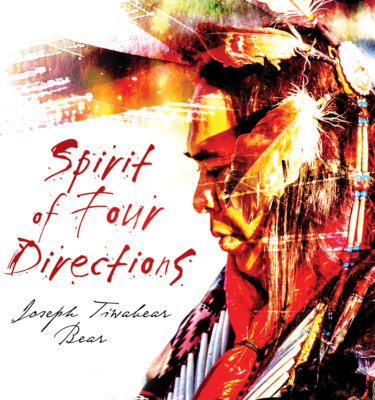I was very fortunate to see Yelemba d’Abidjan at Womad when they recorded this clip. I had never heard of the group before seeing them and they were the highlight of the festival as they used cultural dance and costume to bring their story to the UK.
The Tavil or Thavil is from southern India and is traditionally used in temple and folk music, often accompanying the Nageshwaram at open-air temple festivals.
The Inuit drum is an amazing sound – I have stood next to one as it is played and the movement of air it creates is unique to this technique. This video podcast doesn’t do it justice but gives you a little insight into this very special drum.
The Pakhavaj is a northern Indian drum, a precursor to the tabla, which played an important role in Hindustani music till the nineteenth century.
Stomp are an innovative group of dancers who use everyday items to explore the world of rhythm.
Here is a video clip on the making of the traditional Cambodian instrument – the roneat.
This is a beautiful traditional Korean drum and dance performance. Samgo-mu is a dance genre with colorful and various techniques, with dancers with three drums hung on the square frames laid out in a triangle form. Three drums are set so that one dancer may hit all of three drums whilst dancing.
A chance discussion about old sounds resulted in a very special discovery. This instrument is the last one in the village and had not been played for around 20 years. With a dual purpose it gathered maize during the day and was turned upside down and used as a drum for certain occasions. It was mainly used during female circumcision and as that custom has died out completely, the instrument has also now been forgotten.
It’s a very special time of year in central Tanzania as Gogo children head out of the village for male circumcision …. the drummers are in full voice, often celebrating all through the night. Their light weight drums are made from a wood called muheme.
Very interesting …. a short video from a documentary out soon about the psychological and economic processes of transformation for a group of outcast/untouchable drummers in rural India.
Thanks to Robin Green for finding this amazing video of how rhythm is an intrinsic part of daily life for the Malinke people. “The word for rhythm ( used by the Malinke tribes ) is FOLI. It is a word that encompasses so much more than drumming, dancing or sound. It’s found in every part of daily life.”
The drum plays a very important role within African culture. Musicians known as “griots” who wander from village to village telling stories, preserving and reciting the great historical traditions, blessing the people and bringing current news from afar will often be accompanied by a drummer. Like a bee, collecting and pollinating. How would today’s “griot” evoke a message?
One of my first experiences with the Kodo drummers was when I was part of their first ever workshop in London. They are an amazing group who live together in community on a small island of Japan.

